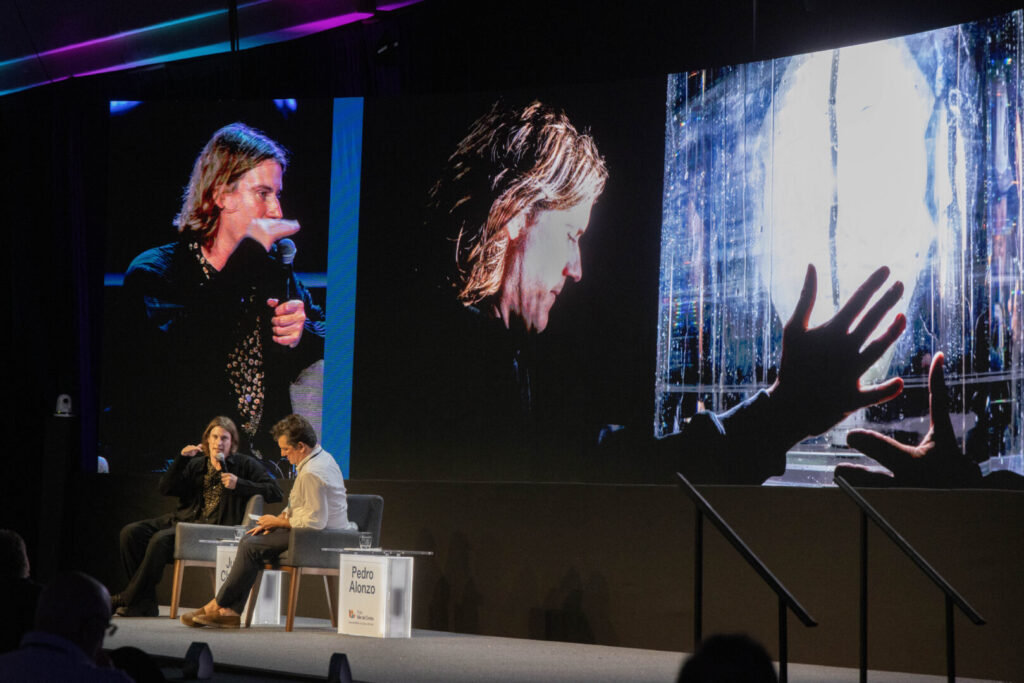Los Cabos, BCS. _ Due to the abundant presence of manganese nodules, the area of the Clarion fracture - Clipperton is considered viable for the underwater miningwhich, according to Julian Charrière is a threat that looms over this wealthy marine ecosystem.
To try to raise awareness and shed light on this issue, the French-Swiss artist created Midnight Zonean exhibition that presents photographs, sculptures and film footage to address underwater ecology. This work was presented during the Summit 2024 Cities with a Future. No fear of actionmade in Los Cabos.
In a talk with art curator Pedro AlonzoCharrière explained that this work took him more than a year and a half to complete. deepwater miningThe activity he considered one of the greatest threats of the 21st century.

He commented that the area of Clarion fracture - Clipperton is one of the largest, but it is also the natura marine reserveThe largest in North America and the second largest in the Americas after the Galapagos Islands.
"The Clarion-Clipperton Fracture Zone stretches over an area twice the size of Mexico and is a potential mining ground. The largest mining project, it is also probably the biggest threat to the Pacific," he said.
The artist said that he took on the task of researching the site and decided to visit it to feel what it means to be above this mining terrain and create something that could raise awareness about the problem that deep sea mining is projecting.
"The country that is closest to the mining area, the country that will be the first to be affected by the effect of this deep sea mining, would be Mexico. It's actually a large nature reserve around Socorro and Clarion Island, and so I started a trip that took me to San Jose del Cabo and then with the boat we went out to sea and for about 3 weeks on a boat going all over the National Park above the mining area," he said.
He added that they dived with a lighthouse lantern they built for that purpose, which can be submerged to 2,000 meters.
"The lighthouse sheds light on the problem, but it's also a kind of bonfire, an underwater dream machine that attracts the being and gives me the possibility to create portraits of the different ecosystems that I was encountering as I was going through the water column, so the film is really this journey through a thousand meters of water column," he said.
On that trip, he managed to catch many fish over the mining area, from very small to very large, such as silky sharks, Galapagos sharks, yellowfin tuna, vampire octopus, which revealed the great ecosystem there.
"What I like about the ocean is that it makes us aware that we are part of something that is unity. Everything is connected and once you, as a diver, go down, you feel this fullness and that is something very important for this project," I emphasize.
With Midnight ZoneCharrière explained that he tries to see how people can feel about the sea and the deep sea, to bring the problems of deep sea mining closer to our consciences.
"We need to create some sort of visual image backdrop that we can connect with and really reflect on these issues," he asserted.
After the talk with Pedro Alonzo, Charrière presented Midnight Zone at the Boca del Tule public beach in Los Cabos. This public art project will remain on display at the same site until December 1.








